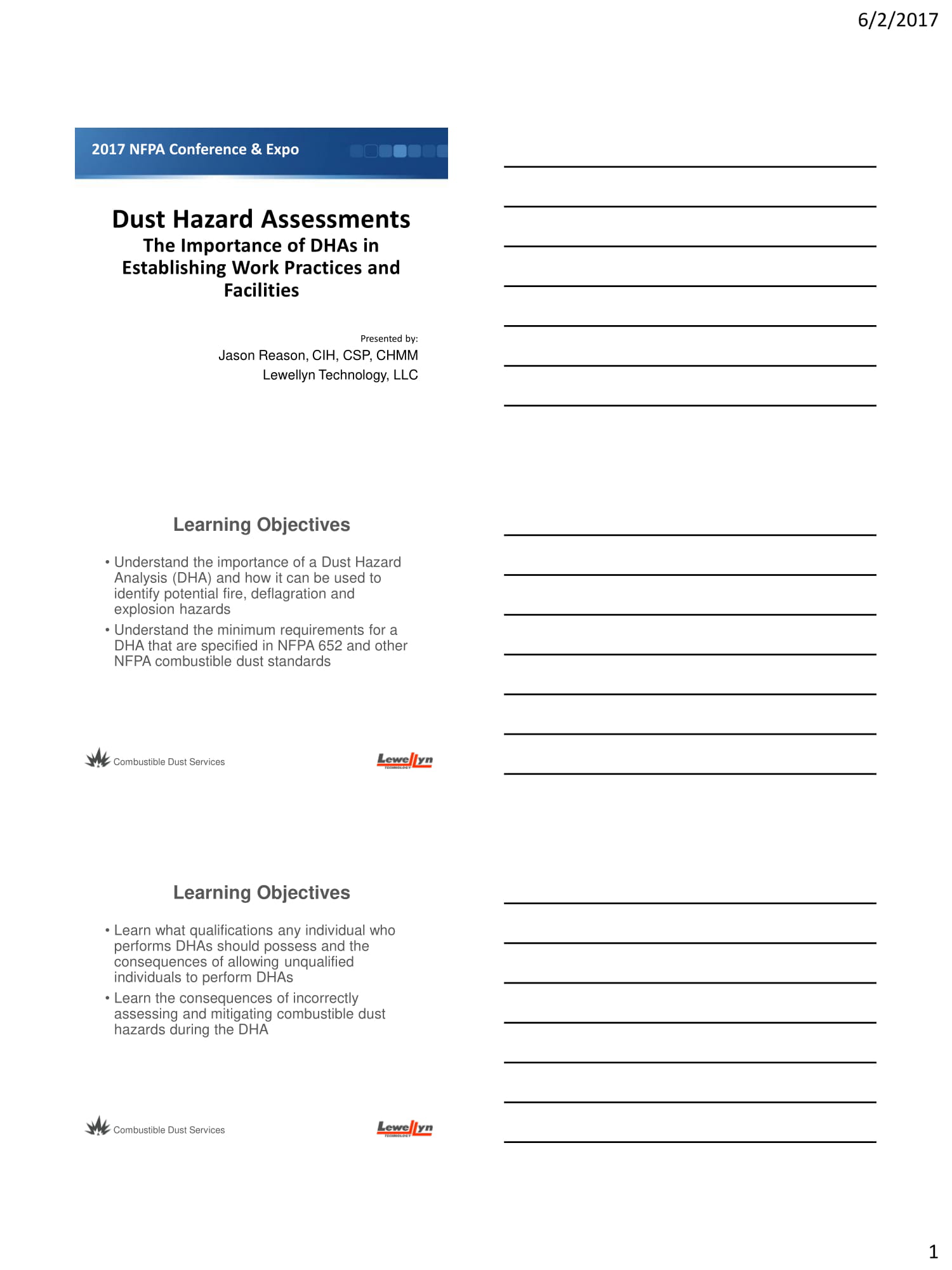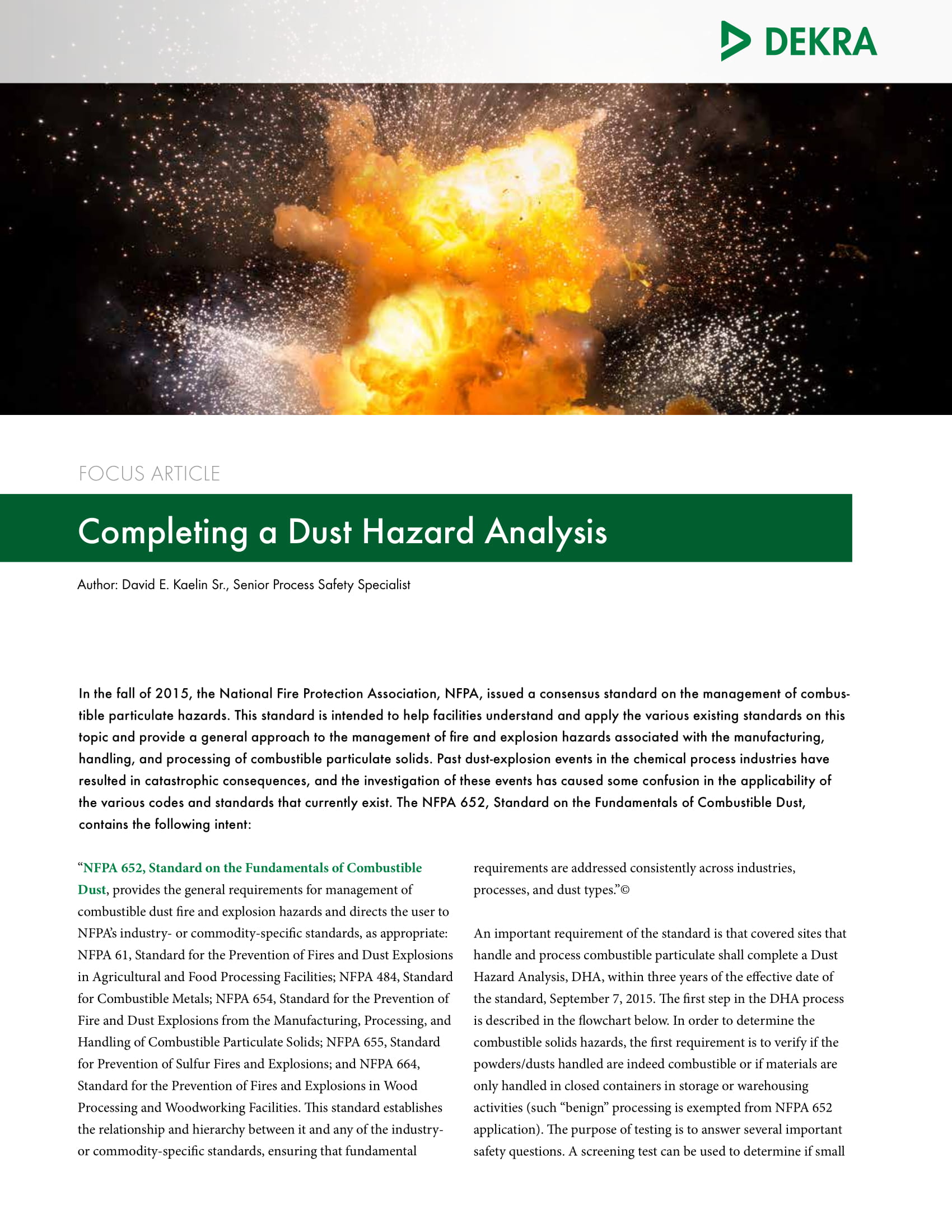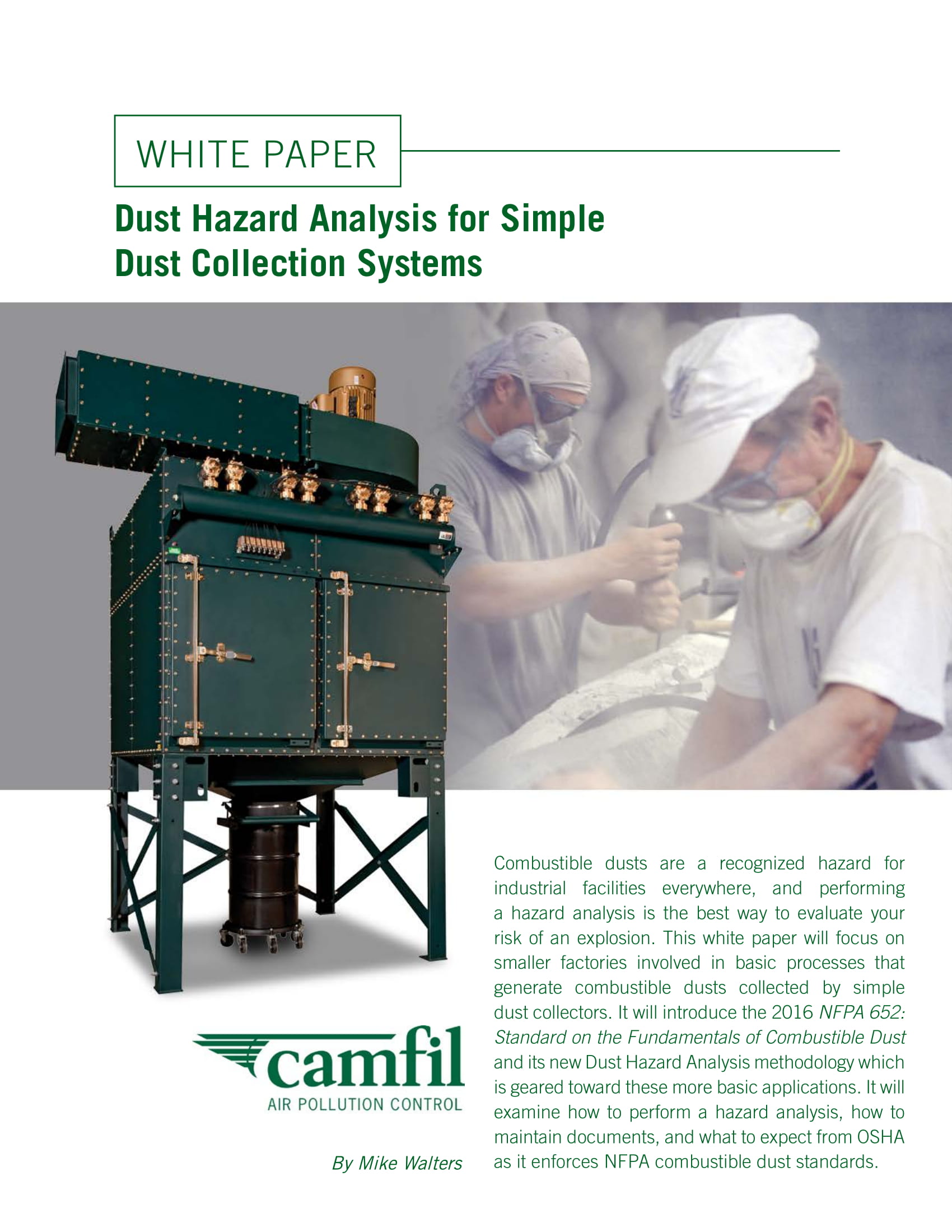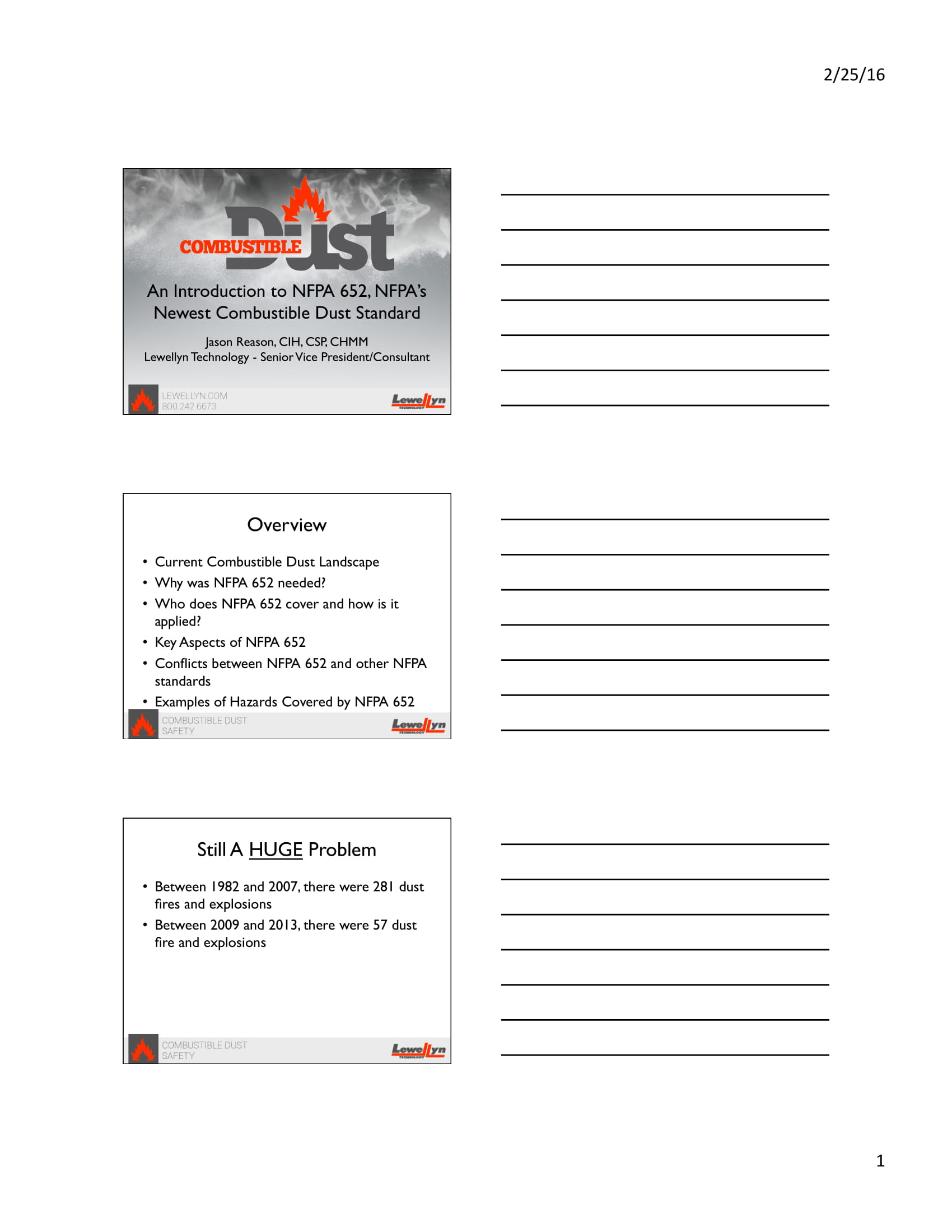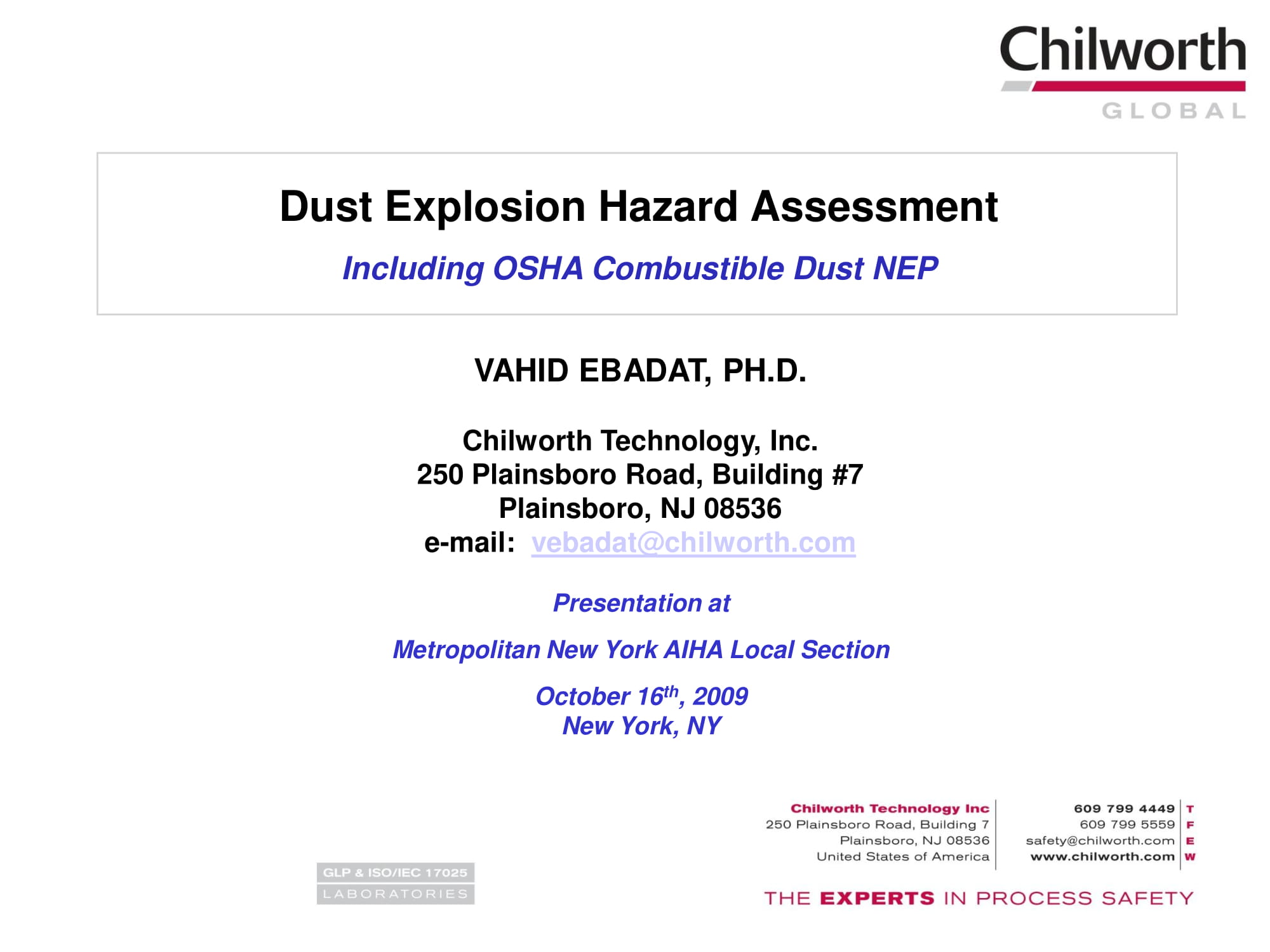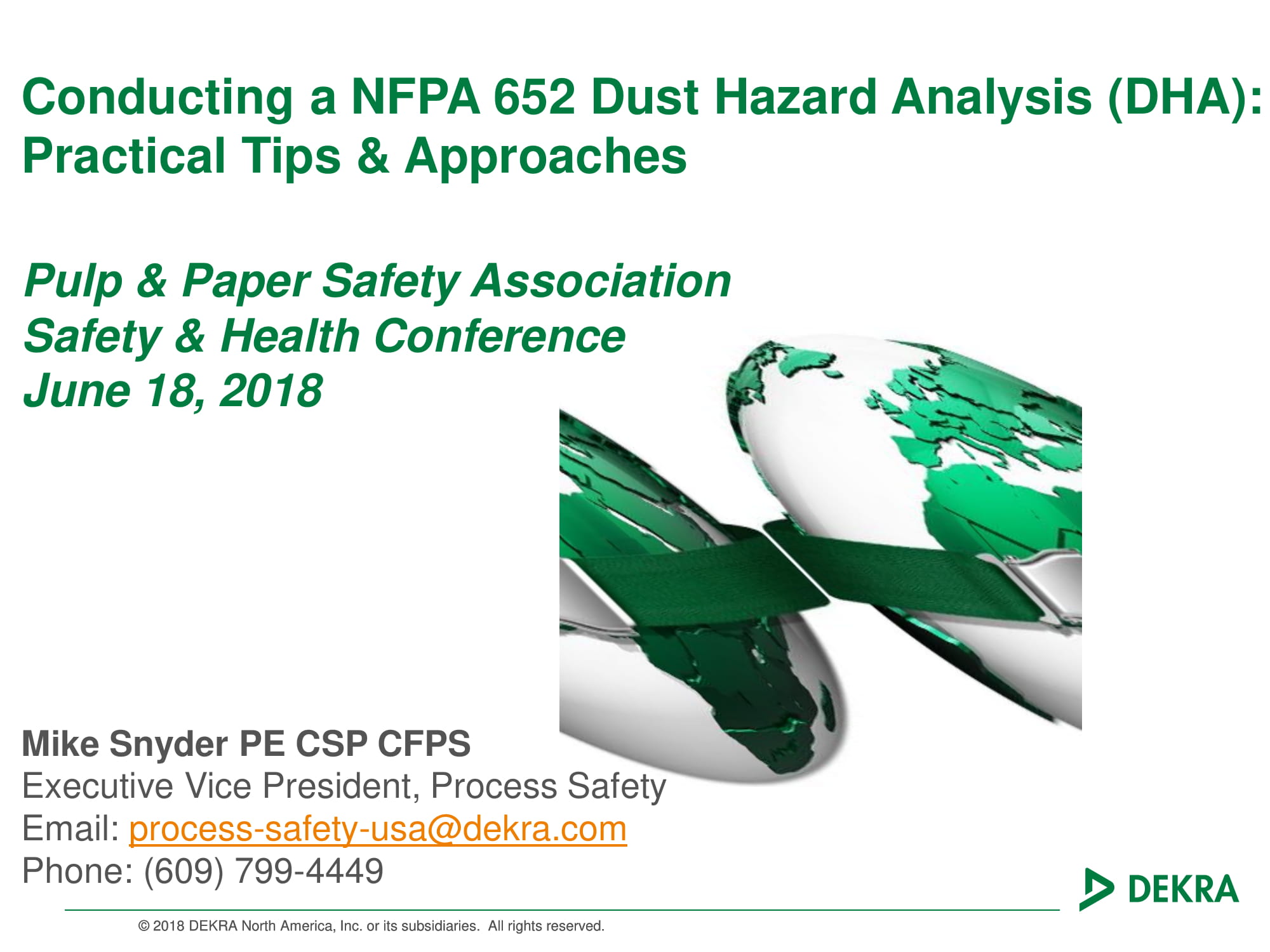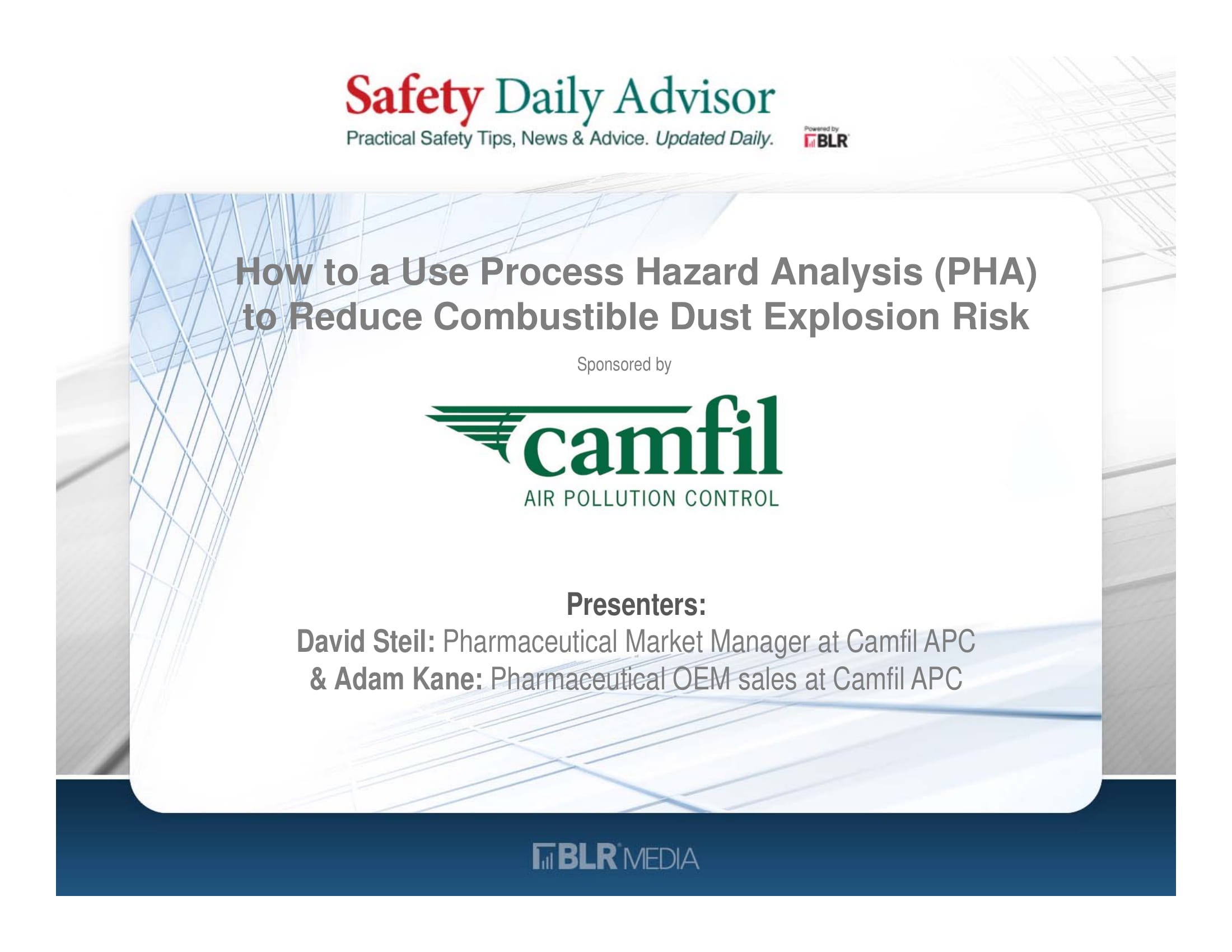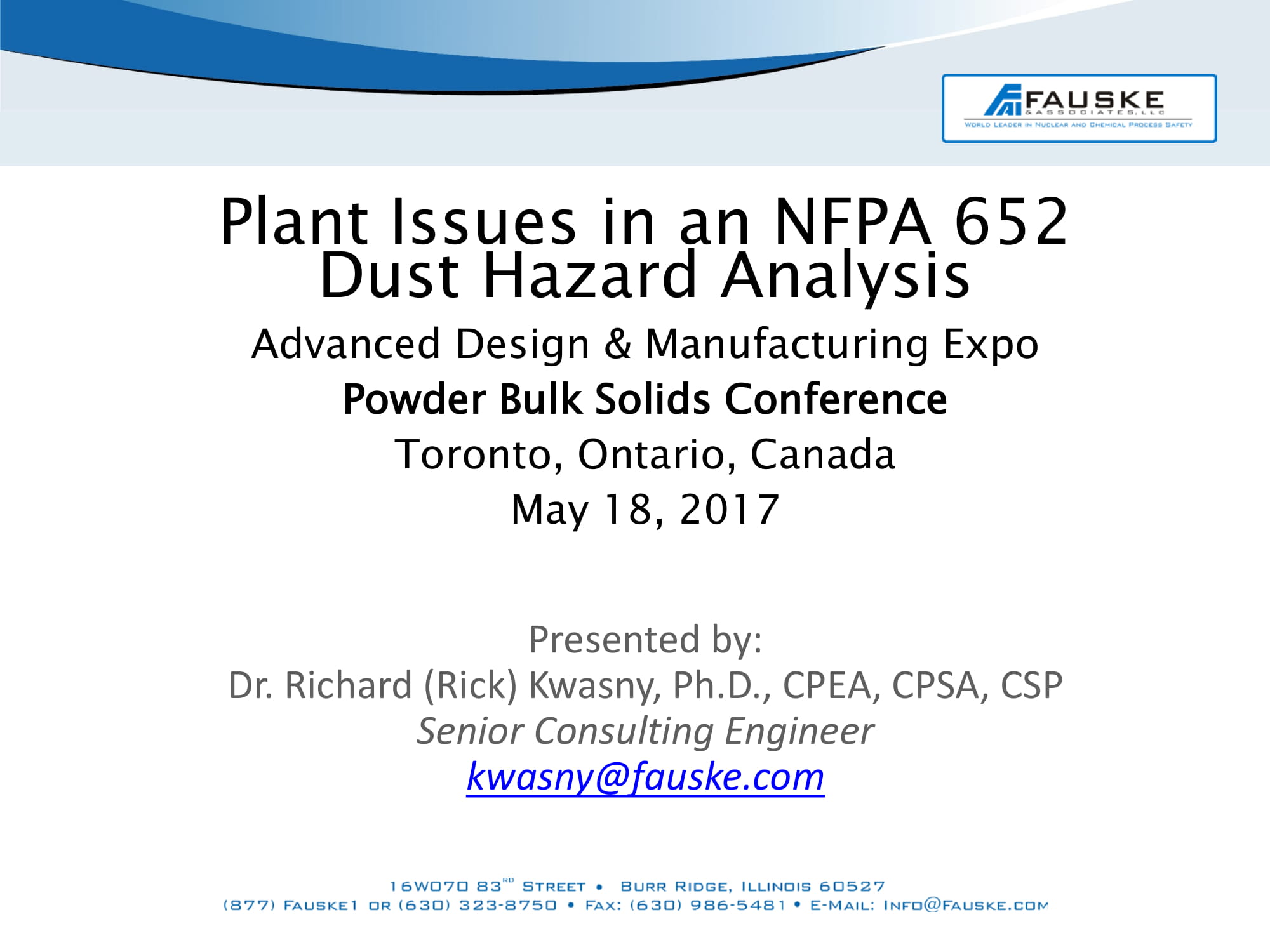10+ Dust Hazard Analysis Examples to Download
“I will show you fear in a handful of dust.” T. Elliot in The Waste Land
You do not talk about it a lot. But that is because you do not see it. It is everywhere. And it goes with you all the time. Dust is a common problem, not just to one particular group of people, but to all kinds of people. Because it is to small to be detected, it does not choose its target. Actually, dust do not come to us, we come to dust, and we become victims in the process. So what is dust? What are its compositions? What is in it that we try to avoid? We are trying to understand the physical substance of a dust. But we are also actually going to understand how to do dust hazard analysis.
Dust Hazard Analysis Example
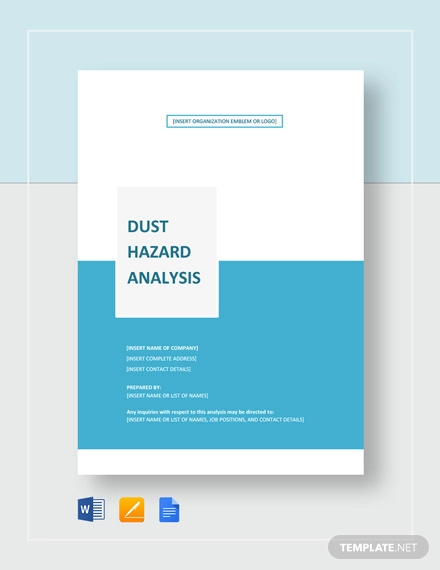
Dust Hazard Assessments Example
What is Dust?
As a noun, dust is defined as tiny solid particles. It may be visible to the eyes, it may not. There are many kinds of dust. We list some of the common ones such as metal dust, plastic or fiberglass dust, wood dust, silica dust, chalk dust, and rubber dust. It can adversely affect our health once it gets inside our lungs, and even our skin. Many do not feel its danger in its early stage as it may take 10 to 15 to incapacitate the lungs. But small signs of it can be felt by difficulty of breathing and chest pain.
VPPPA Dust Hazard Analysis Example
What is Dust Hazard Analysis
Dust hazard analysis, as the word says, is the analysis of how much dust content is entering into one’s place, and how dangerous it is once it gets accumulated inside one’s body. It is also about identifying the kind of particles that made up the dust.
Dust Hazard Analysis for Simple Dust Collection Systems Example
Types of Dust
Concrete Dust. This is the silica dust that are invisible to the naked eyes but are actually dangerous and can cause lung cancer. There are referred to as quarts mineral. These dust are created by grinding, cutting, sanding, drilling concrete materials. These are hazardous, but because they can not not be seen by the naked eyes, they are less avoided. In fact, chest x rays may not reveal silica dust until after 15 – 20 years. The disease is called silicosis.
Wood Dust. Wood dust is created during all the stages of woodworking from sawing, routing, sanding, and the rest of operations towards the finish product. Wood dust can be had airborne even just by doing simple chores such as cleaning furniture, doing any maintenance activities, cleaning equipment such as the bag of a vacuum. Some effects of wood dust when it enters inside the nose (or the skin) are irritation, sneezing, and coughing. Excessive exposure of dust wood may irritate the nose, eyes, throat. Worse, the affected person may notice and experience shortness of breath, dryness and sore throat, conjunctivitis – an inflammation of the mucous membranes of the eye, and rhinitis – that uncomfortable feeling of having a runny nose.
Chalk Dust. From the word itself, it means the resulting dust from using chalk on the board. The physical properties of a dust are not toxic, as those of wood dust or concrete dust. But when they are accumulated in the lungs, they can cause breathing problems, i. e., difficulty in breathing and chest pains.
Rubber Dust. These are the dust due to the tire rubbing the road pavement. There are many ways a rubber can become dust. We may not notice it. But here is how tires are worn out when used and driven. If your car skids, you would notice tire burns, you thought that cloud of smoke was from an engine combustion, but actually it was coming from burned tires. And sometimes, as tires are being used, they can be cut sliced and you can see fragments of them. But in any case that you these tires are used, they will cause and result to rubber dust. Latex, a component in the rubber dust can cause asthma and allergies.
Plastic/Fiberglass Dust. Fiberglass dust is produced when fiberglass is sawed, trimmed, cut, chopped, or sanded. Exposure to the dust can either be by skin contact, by breathing the dust or by swallowing the fibers. When there is not commotion going on (such as when you leave the plastic/glass by itself, the exposure may not occur, unless when removed, such as when you disarrange or remodel something.
- Skin rash. When the plastic dust gets into the outer layer of the skin, it may cause skin irritation. Although there may be no long term effects.
- Eye irritation. Another effect is an eye irritation, could be a conjuntivitis.
- Nose and throat soreness. When plastic fibers are inhales, it can cause soreness in the nose and throat. And it may aggravate people suffering from asthma and bronchitis.
- Stomach irritation. Or a temporary stomach irritation.
Metal Dust. These are dust from any metal. If you are into industrial construction, you probably are prone and exposed to metal dust. In the studies as published by International Journal of Occupational and Environmental Health, metal dust is a heterogeneous substance with respiratory sensitizing properties. Its long term exposure adversely affected lung function, thus may cause acute or chronic respiratory diseases.
DEKRA Dust Hazard Analysis Example
Symptoms
These are some symptoms when affected by dust or when dust gets in contact with our lungs (or skin). We have mention many of them in the above, but these are the itemized discussion of it.
Sneezing. Sneezing is a sudden involuntary expulsion of air from either the nose and mouth, or both, due to irritation of one’s nostrils. And usual causes of this is when dust gets inside the nose.
Runny nose. It is called runny nose because somehow there is something in your nose that wants to run. Or probably, you yourself want to run because you fell uncomfortable with your nose. This is explained by having some clear fluid in your nose and towards the remaining drainage. And so, from the name itself, a liquid may run out of your nose, up and down your throat, in either direction.
Itchy, red or watery eyes. Or they call it conjunctivitis. A conjunctivitis is an inflammation or swelling of the conjunctiva, which is the thin transparent layer of tissue that lines the inner surface of the eyelid and covers the white part of the eye.
Nasal congestion. Or stuffy nose. This can just be another term for a runny nose.
Itchy nose, roof of mouth or throat. This is an inflammation near the throat.
Postnasal drip. This is actually an after effect of your body when the glands of your nose and throat try to fight infection, it tries to protect the membranes by adding some liquids in to it, and as result, it fights foreign matters.
Cough. It is a reflex action of our body as it tries to clear some foreign matters.
Facial pressure and pain. When it gets severe, it may affect the outer parts of the body, the skin, and the face.
Swollen, blue-colored skin under your eyes. This will also affect some muscles under your eyes.
In a child, frequent upward rubbing of the nose.
Camfil Dust Hazard Analysis Example
How to Avoid Dust
There is no way you can avoid dust. Everywhere you go, it goes with you. It stays with you. And the moment you try to dodge from it, another one awaits you. But there are ways you can minimize it. The following may somehow help avoid the contacts of dust, and minimize problems that it may cause.
- Change your bedding once a week. You may feel lazy doing it. But changing you bedding once a week is like taking a bath once a day. The technique is to get some extra bedding, two or three. That way, there is always one that is ready to replace the used one.
- Keep tidy closets. Closets are a fan of dust, or the dust is a fan of closet. Either way, they like each other very much. Dust loves to stay in the closet because there is not much wind to scatter them. And so, the accumulation of dust in a closet is even faster that when it is just in the open. Also, people have that impression that since it is a closed space, there is no need for the closet to be clean. So what happens is an accumulation of dust.
- Remove clutter from floors. Anything that can be found on the floor, there is dust. Books, clothes, anything there is dust in them.
- Say “no” to carpeting. Carpets are magnets to dust. If you look at a duster, you would notice that they resemble just like a carpet. In fact, the ones you see in your car that looks like a carpet are actually, dust magnets or dust traps. They are designed to do just that, to trap some dust. If you happen to have a carpet, it should be a good advice to clean it once in a while. If you have to clean it, use a vacuum.
- Duster do’s and don’ts. We said, dusters are like carpets, they trap dust. But at the same time, in the process of dusting, you are actually scattering the dust, new or old ones. Now instead of using dusters, you can just use a wet wipes.
- Clean from top to bottom. Cleaning a dust is like cleaning a dirt liquid.
- Air purifiers. You can invest in an air purifier. This can help minimize the dust as it works like a vacuum.
- Take it outside. Dust from area rugs and pillows should be beaten outdoors.
Lewedlyn Hazard Analysis Example
Dust hazard analysis may sound very scientific. And it is. If you have to go through it, you will observe is it about chemical and physical properties about anything minute, almost going atomic. Some can be seen and felt by our sense, but many of this dust variant are invisible to our eyes. That is why most of the time, we neglect it. We neglect our responsibilities to be health conscious as compared to when we try to avoid vehicle smoke, which is very visible to our eyes.
The simplest way of doing a dust hazard analysis, is to get avoid getting near dust likely prone area or activity. For example when you are sharpening a knife using a grinder, you are actually exposing yourself to a dust. This is exaggerated or aggravated especially if you are using a machine grinder. You can always cover your mouth and nose using a mask. But the best way to avoid yourself from getting exposed to the dust is to stop doing it, stop sharpening knife with a grinder. Or if you are working in a mining company, you are aware of the dangers of the dust that is being produced in your labor.
You just use some mask to protect yourself. But is that all you can do? Or could you just leave the place and stop doing some mining. Or if you work as a furniture designer. You do a lot of sanding. You can tell the dust that is a result of cutting the trees. And again, you wear some mask and you thought that will all do to protect you from the dust getting inside your lungs. But what if you just stop doing some furniture? What if you just stay away from a place, far from the furniture where it cause people to breathe.
Chilworth Dust Hazard Analysis Example
But quitting a job, quitting the love that you enjoy doing just for the sake of staying healthy does not seem to be the solution to this problem. And statistics show that people if they love their job, they can always hold on to ti. But most of the times, it is actually because of our lack of information. When working in such conditions, do managers give a brief to their employees – warning that the job they are about to enter is a risky one. And that it is up to them whether to take it or or not. And that makes it a personal decision for everyone.



